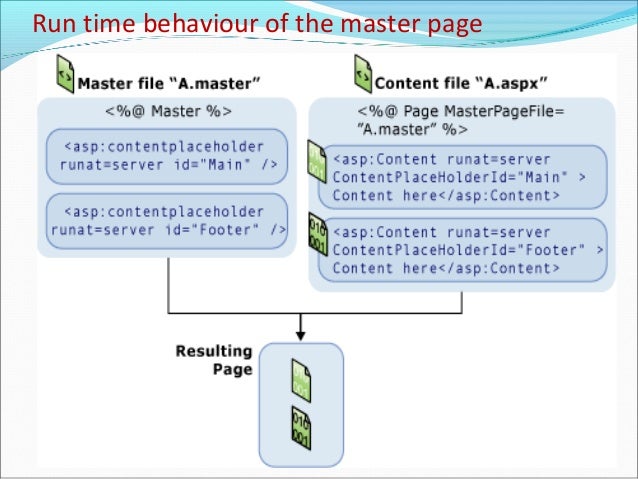

- MICROSOFT PUBLISHER MASTER PAGE VS NORMAL PAGE UPDATE
- MICROSOFT PUBLISHER MASTER PAGE VS NORMAL PAGE CODE
You can unpublish an extension with the vsce tool by specifying the extension ID publisher.extension. The commit message with %s.) Unpublishing extensions (The current version can be referenced from The default commit message will be extension's version, but you can supply a custom commit message using the -m flag. Note: If vsce publish is run in a git repo, it will also create a version commit and tag via npm-version. You can also specify a complete SemVer compatible version on the command line: vsce publish 2.0.1 This will modify the extension's package.json version attribute before publishing the extension.

MICROSOFT PUBLISHER MASTER PAGE VS NORMAL PAGE UPDATE
You can auto-increment an extension's version number when you publish by specifying the SemVer compatible number to increment: major, minor, or patch.įor example, if you want to update an extension's version from 1.0.0 to 1.1.0, you would specify minor: vsce publish minor Right-click an extension and choose Reports. The same Visual Studio Marketplace publisher management page gives you access to each extension's Acquisition Trend over time, as well as Total Acquisition counts and Ratings & Reviews. This command will ask for the personal access token, if you haven't already provided it with the vsce login command above.Īlternatively, you can package the extension ( vsce package) and manually upload it to the Visual Studio Marketplace publisher management page. You can publish an extension using vsce with the publish command: vsce publish Test your publisher's personal access token using vsce, while at the same time storing it for later usage: vsce login Publish an extension You need to login in with the same Microsoft account you used to create the Personal Access Token in the previous section. The publisher name and publisher display name must be unique. You can create a new publisher through the Visual Studio Marketplace publisher management page. Every extension needs to include a publisher name in its package.json file.
MICROSOFT PUBLISHER MASTER PAGE VS NORMAL PAGE CODE
Create a publisherĪ publisher is an identity who can publish extensions to the Visual Studio Code Marketplace. Copy it, you'll need it to create a publisher. Select Create and you'll be presented with your newly created Personal Access Token. Set Scopes to Custom defined and choose the Marketplace > Manage scope.Set Organization to All accessible organizations.On the Personal Access Tokens page, select New Token to create a new Personal Access Token and set the following details: Note that the organization's name doesn't necessarily have to be same as your publisher name.įrom your organization's home page (for example: ), open the User settings dropdown menu next to your profile image and select Personal access tokens: In the following examples, the organization's name is vscode, you should use your new organization name as appropriate. Get a Personal Access Tokenįirst off, follow the documentation to create your own organization in Azure DevOps. You need to create at least one in order to publish an extension. Vsce can only publish extensions using Personal Access Tokens. This means that authentication, hosting, and management of extensions are provided through Azure DevOps. Visual Studio Code uses Azure DevOps for its Marketplace services. Images in README.md and CHANGELOG.md may not be SVGs unless they are from trusted badge providers.Image URLs in README.md and CHANGELOG.md need to resolve to https URLs.The badges provided in the package.json may not be SVGs unless they are from trusted badge providers.The icon provided in package.json may not be an SVG.The publishing tool checks the following constraints: Note: Due to security concerns, vsce will not publish extensions that contain user-provided SVG images. For a reference on all the available vsce commands, run vsce -help. Vsce can also search, retrieve metadata, and unpublish extensions. myExtension published to VS Code Marketplace You can use vsce to easily package and publish your extensions: $ cd myExtension $ vsce package # myExtension.vsix generated $ vsce publish #. Vsce, short for "Visual Studio Code Extensions", is a command-line tool for packaging, publishing and managing VS Code extensions. Registering a publisherId necessary for publishing extensions.Packaging, publishing and unpublishing extensions.Using vsce, the CLI tool for managing VS Code extensions.Alternatively, you can package an extension into the installable VSIX format and share it with other users. Once you have made a high-quality extension, you can publish it to the VS Code Extension Marketplace so others can find, download, and use your extension.


 0 kommentar(er)
0 kommentar(er)
